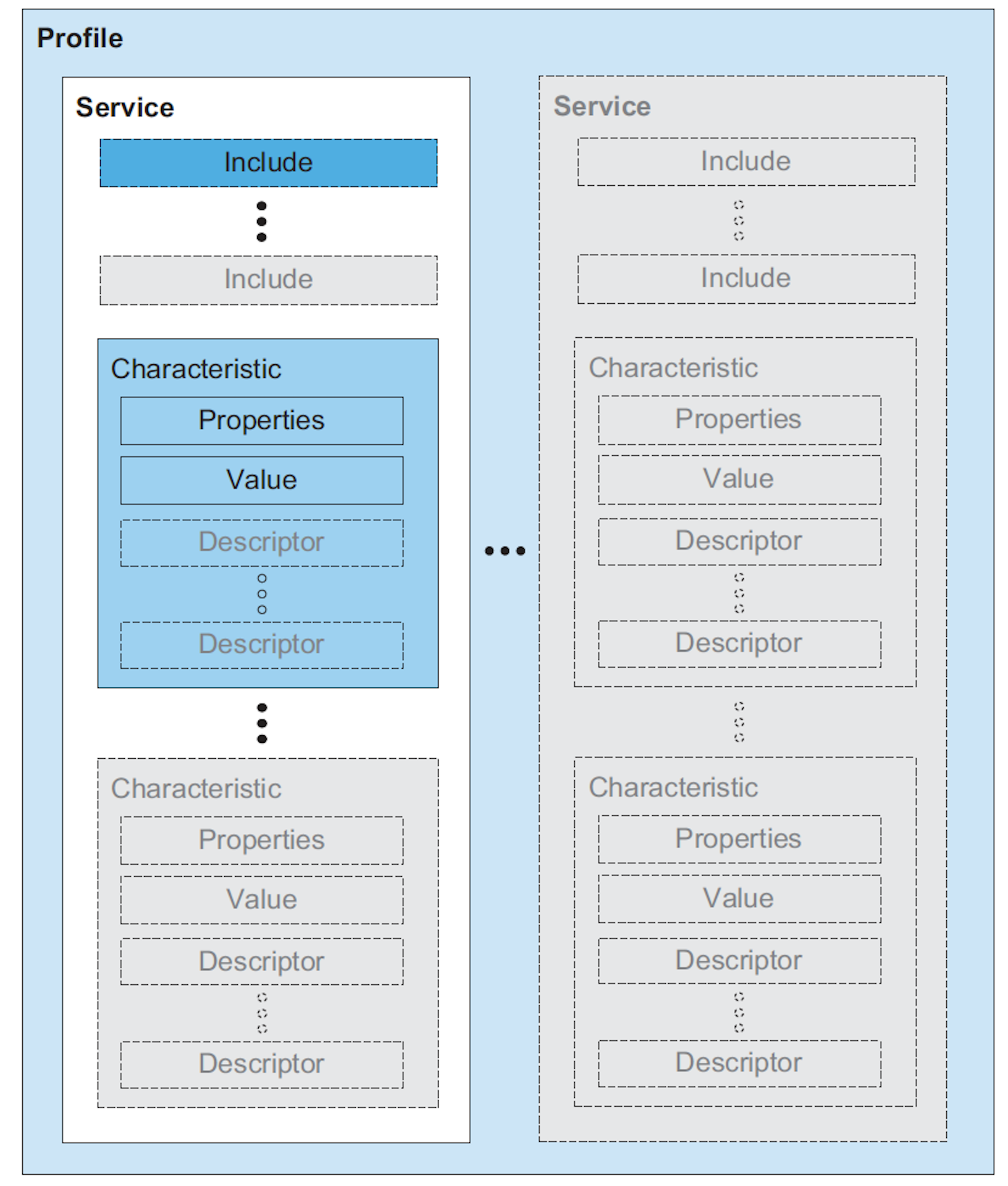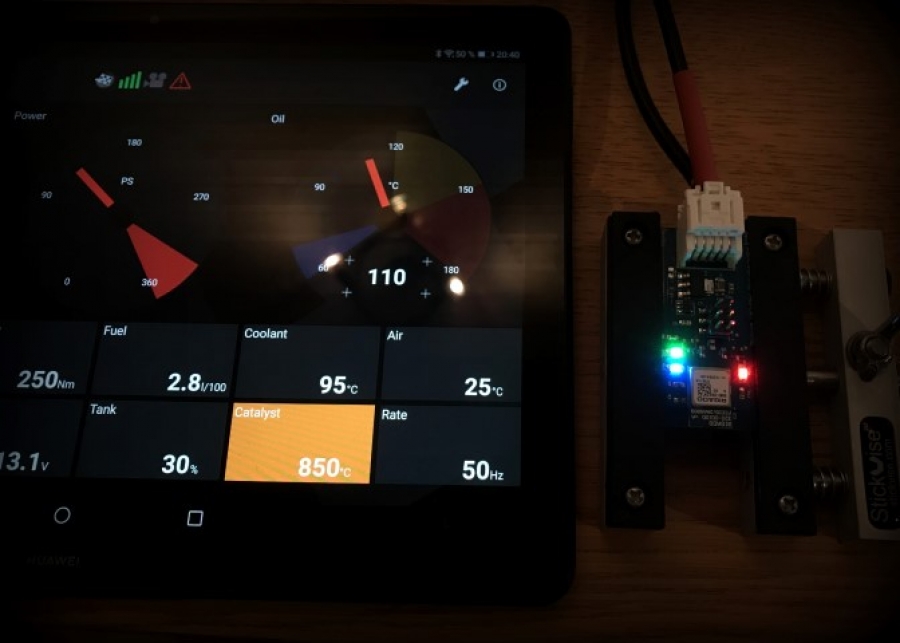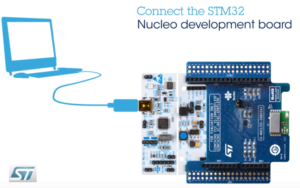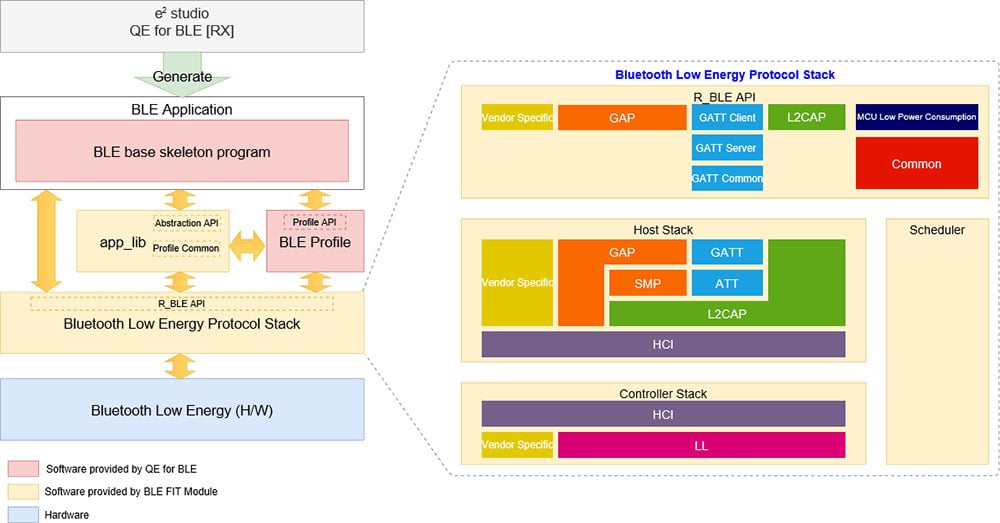

Custom data: beacon data for iBeacon, for example.Service UUID: UUIDs supported by your peripheral device.Local Name: a descriptive name for your peripheral device.Type: Basic features supported by the peripheral device.Standard advertising payload data options include:

There are some standard types, or you can use a vendor defined type (0xff) to send any arbitrary data in your advertising payload. The advertising data is small (31 bytes, BLE_MAX_ADV_DATA_LEN).

Because of radio congestion and random packet loss, it might take more than one advertising broadcast before the message is received. For devices where latency is not important and want to reduce power consumption, it could be 1 to 2 seconds. The normal fast advertising interval is 100 to 500 milliseconds. This prevents two devices with the same advertising interval from being stuck transmitting at exactly the same time forever and possibly interfering with each other. The interval for advertising ranges from 20 milliseconds to 10.24 seconds, though there is a random 0 to 10 millisecond additional delay added. A mobile app can look for this data and respond to it.įor example, a beacon embedded in a store display might allow a store app to provide additional information about the item, provide a coupon, or customize a store map.
BLUETOOTH LE EMULATOR SERIES
The B Series SoM (system-on-a-module) requires the external BLE/Mesh antenna connected to the BT connector. The BLE protocol can use the built-in chip or trace antenna, or an external antenna if you have installed and configured one.
BLUETOOTH LE EMULATOR BLUETOOTH
Particle devices do not support Bluetooth 5 mesh. Particle devices do not support Bluetooth A2DP and can't be used with Bluetooth headsets, speakers, and other audio devices. When your Particle device is configured as a central device, it might gather data from a sensor like a heart rate sensor and upload it to the cloud over Wi-Fi or cellular, taking the place of a mobile phone app.īLE is intended for low data rate sensor applications. Computers with BLE support can also be central devices. Central devices are things like mobile phones and tablets that communicate with peripheral devices.It can also be programmed to be an iBeacon, to allow iOS apps know they are near a specific beacon. When your Particle device is configured as a peripheral, it might be attached to a sensor and provide that information to a mobile app.



 0 kommentar(er)
0 kommentar(er)
